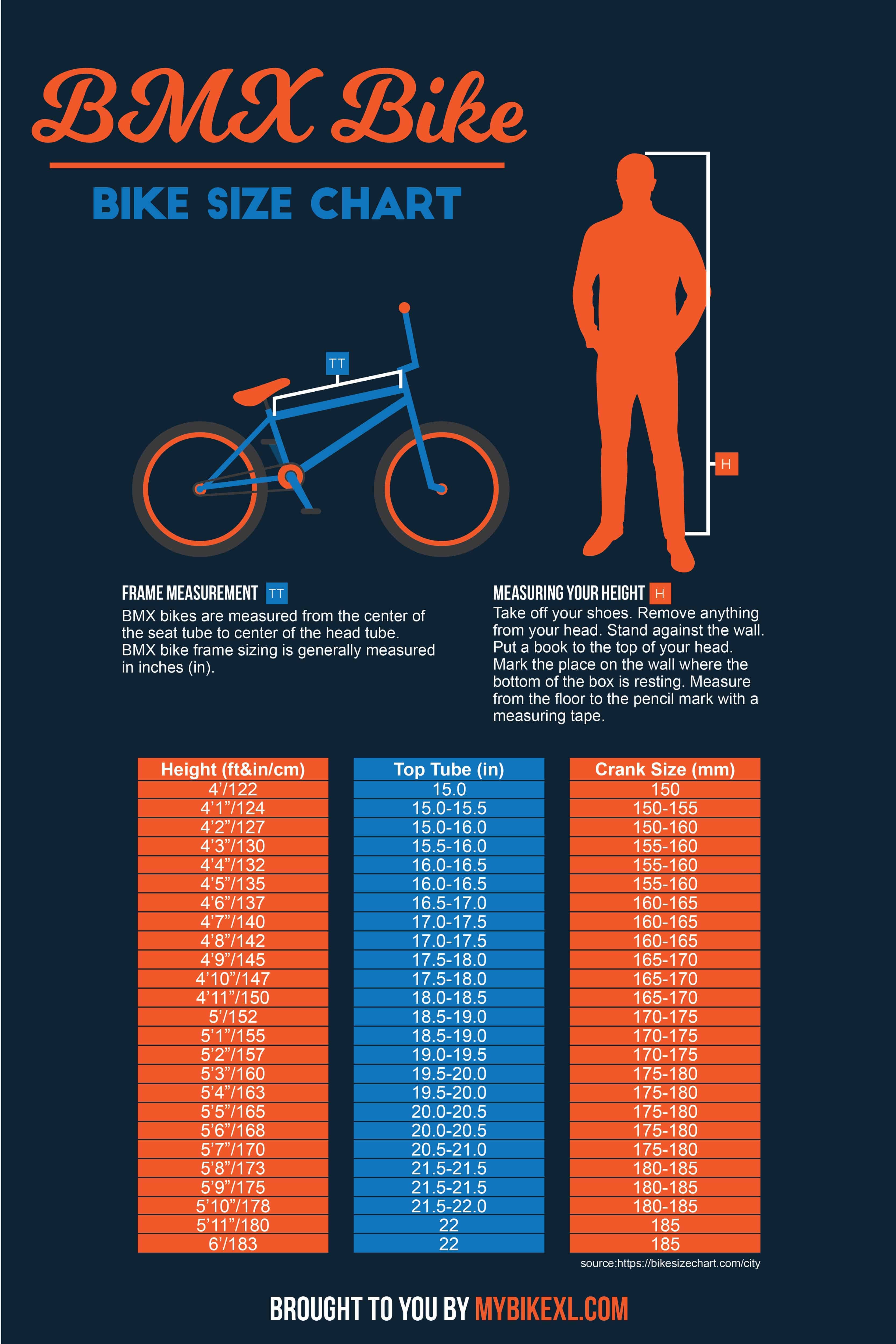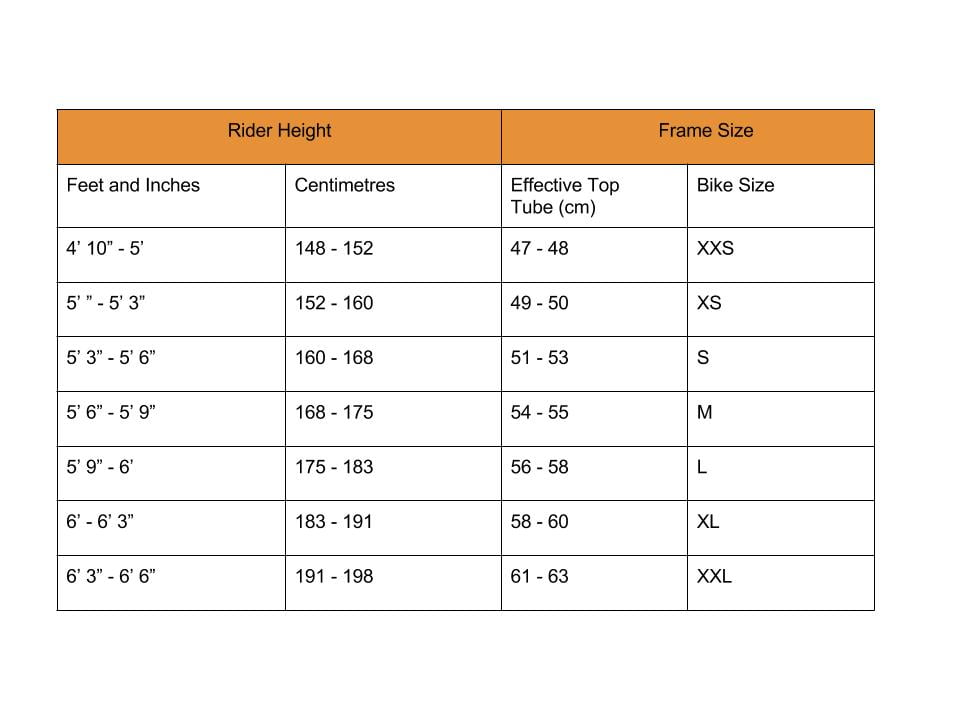Determining Your Bike’s Tire Size: A Crucial First Step
Knowing your bike’s tire size is the foundation of finding the correct bike tube size. It’s essential to get it right, as the wrong tube size can lead to a poor fit, reduced tire performance, and even safety issues. So, what bike tube size do you need? It all starts with identifying your tire size. The good news is that it’s easy to find this information. Simply check the sidewall of your tire, where you’ll typically find a series of numbers and letters, such as “700x23c” or “27.5×2.2”. This code tells you the diameter and width of the tire, which is crucial information when selecting a bike tube. Make sure to take note of this information, as it will be essential in finding the right tube size for your bike.
Understanding Bike Tube Sizing: A Guide to Measurements and Markings
When it comes to finding the right bike tube size, understanding the different measurements and markings on bike tubes is crucial. Bike tubes come in various sizes, each with its own unique set of measurements and markings. To find the correct tube size, it’s essential to know what these measurements and markings mean. The diameter of the tube refers to the inner diameter of the tube, usually measured in inches or millimeters. The width of the tube, on the other hand, refers to the outer width of the tube, also measured in inches or millimeters. Additionally, bike tubes come with different valve stem types, including Schrader, Presta, and Dunlop. When selecting a bike tube, it’s essential to ensure that the valve stem type matches the one on your bike. By understanding these measurements and markings, you’ll be able to find the correct tube size for your bike, ensuring a smooth ride and optimal performance. So, what bike tube size do you need? Take the time to understand bike tube sizing, and you’ll be well on your way to finding the perfect fit.
How to Measure Your Bike Tire for the Correct Tube Size
Measuring your bike tire is a crucial step in determining the correct tube size. To ensure an accurate measurement, follow these steps: First, remove the tire from the rim and deflate it completely. Next, measure the diameter of the tire by placing a ruler or caliper across the center of the tire, from one bead seat to the other. Record this measurement in inches or millimeters. Then, measure the width of the tire by placing a ruler or caliper across the center of the tire, from one sidewall to the other. Record this measurement in inches or millimeters. Finally, take note of the valve stem type, whether it’s Schrader, Presta, or Dunlop. By taking these measurements, you’ll be able to determine the correct tube size for your bike, ensuring a smooth ride and optimal performance. So, what bike tube size do you need? Take the time to measure your bike tire accurately, and you’ll be well on your way to finding the perfect fit.
Common Bike Tube Sizes: A Quick Reference Guide
When it comes to finding the right bike tube size, it’s helpful to have a quick reference guide to common sizes. Here’s a breakdown of common bike tube sizes for different types of bikes: Road bikes typically use tubes with a diameter of 700c (622mm) and widths ranging from 18-25mm. Mountain bikes, on the other hand, use tubes with a diameter of 26-29 inches (559-622mm) and widths ranging from 1.9-2.5 inches. Hybrid bikes often use tubes with a diameter of 700c (622mm) and widths ranging from 28-42mm. Keep in mind that these are general guidelines, and the correct tube size for your bike may vary depending on the specific tire and rim combination. So, what bike tube size do you need? Refer to this quick guide to get an idea of the common sizes for your type of bike, and then double-check your tire’s sidewall for the exact size information.
Factors to Consider When Choosing a Bike Tube Size
When determining what bike tube size you need, there are several factors to consider beyond just the tire size. Tire pressure, riding style, and terrain can all impact the performance and longevity of your bike tube. For example, if you ride at high pressures, you may need a tube that is designed to handle higher pressures. Similarly, if you ride on rough terrain, you may need a tube that is more durable and resistant to punctures. Additionally, your riding style can also impact the tube size you need. If you’re an aggressive rider, you may need a tube that can handle the increased stress and impact. By considering these factors, you can ensure that you choose a bike tube size that meets your specific needs and provides a smooth, reliable ride. So, what bike tube size do you need? Take into account these important factors to find the perfect fit for your bike.
What Happens If You Get the Wrong Bike Tube Size?
If you’re wondering what happens if you get the wrong bike tube size, the consequences can be significant. Using a tube that’s too small or too large can lead to reduced tire performance, increased risk of punctures, and even potential damage to the wheel or tire. A tube that’s too small may not provide adequate support for the tire, leading to a higher risk of blowouts or pinch flats. On the other hand, a tube that’s too large may cause the tire to bulge or become misshapen, affecting its overall performance and handling. In extreme cases, using the wrong bike tube size can even lead to accidents or injuries. So, what bike tube size do you need? Make sure to choose the correct size to ensure a smooth, safe, and enjoyable ride. By following the tips and guidelines outlined in this article, you can avoid the pitfalls of using the wrong bike tube size and enjoy a hassle-free ride.
Conclusion: Finding the Right Bike Tube Size for a Smooth Ride
Finding the correct bike tube size is crucial for a smooth, safe, and enjoyable ride. By following the steps outlined in this article, you can ensure that you choose the right tube size for your bike. Remember to check your tire size, understand bike tube measurements and markings, and consider factors such as tire pressure, riding style, and terrain. If you’re still wondering what bike tube size do I need, refer to our quick reference guide to common bike tube sizes or consult with a professional. To recap, here’s a final checklist to ensure you have the right size tube for your bike: check your tire size, measure your tire diameter and width, consider your riding style and terrain, and consult with a professional if needed. By taking these steps, you can enjoy a hassle-free ride and avoid the consequences of using the wrong bike tube size.
Popular Bike Tube Brands and Their Sizing Charts
When searching for the right bike tube size, it’s essential to consult with reputable brands and their corresponding sizing charts. Here’s a list of popular bike tube brands and their sizing charts to help you find the correct tube size for your bike:
1. Continental: Continental offers a comprehensive sizing chart that covers a wide range of tire sizes, from 12-24 inches in diameter and 1.5-2.5 inches in width.
2. Schwalbe: Schwalbe provides a detailed sizing chart that includes measurements for road, mountain, and hybrid bikes, making it easy to find the right tube size for your bike.
3. Specialized: Specialized offers a sizing chart that covers a variety of tire sizes, including those for road, mountain, and hybrid bikes, ensuring you find the correct tube size for your bike.
4. Michelin: Michelin provides a sizing chart that includes measurements for road, mountain, and hybrid bikes, making it easy to determine what bike tube size you need.
5. Bontrager: Bontrager offers a comprehensive sizing chart that covers a wide range of tire sizes, from 12-29 inches in diameter and 1.5-3.5 inches in width.
By consulting with these popular bike tube brands and their sizing charts, you can easily find the correct tube size for your bike and ensure a smooth, safe, and enjoyable ride. Remember, finding the right bike tube size is crucial, so take the time to research and consult with experts if needed. What bike tube size do I need? With these resources, you’ll be able to find the answer and enjoy a hassle-free ride.







